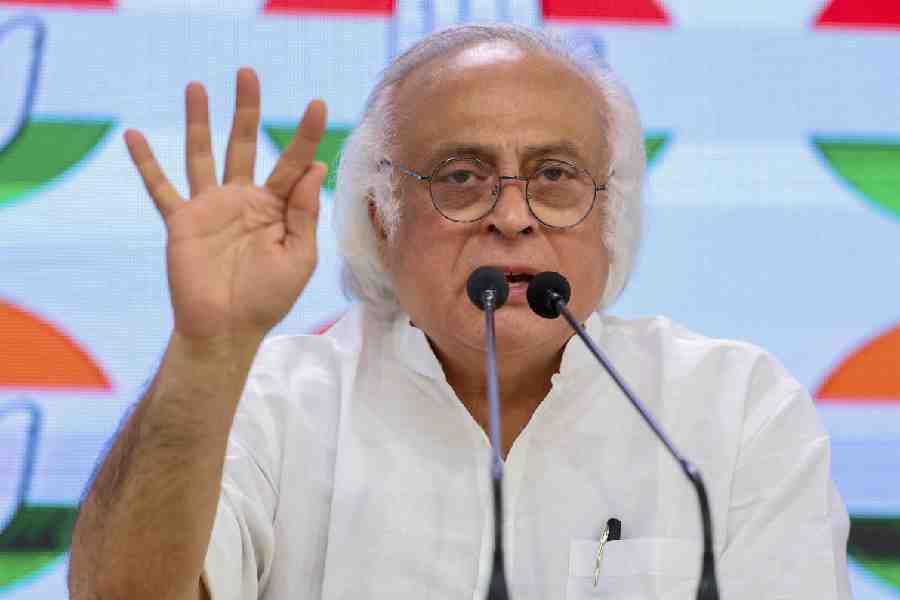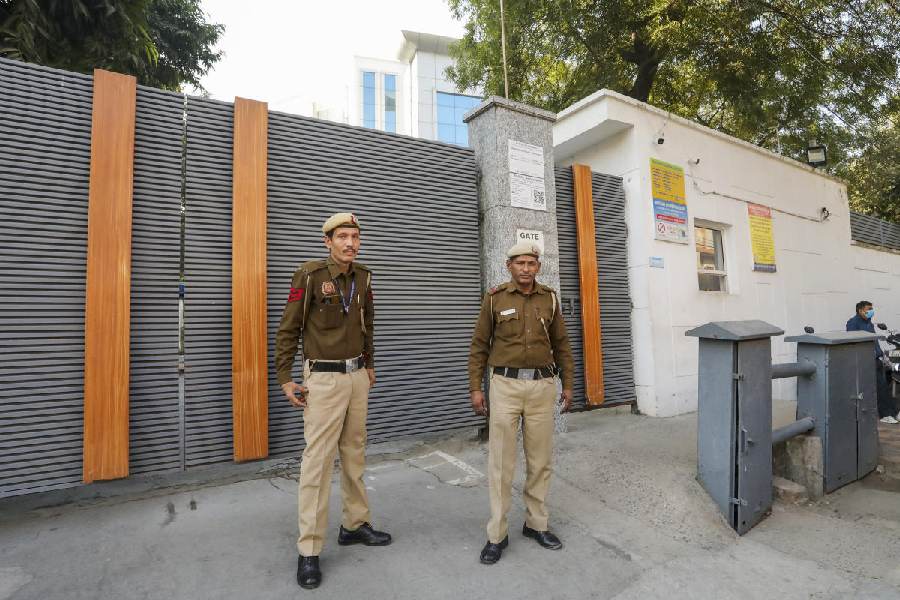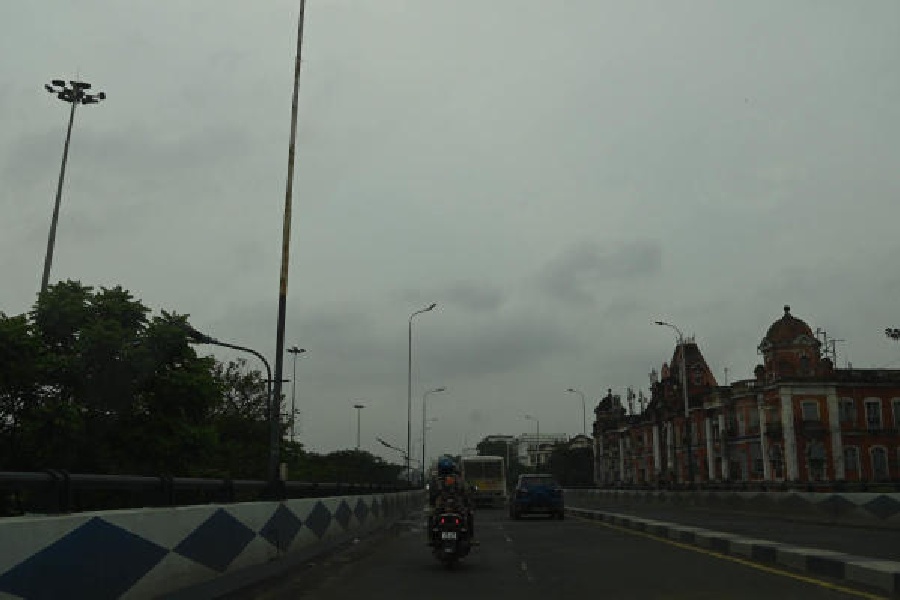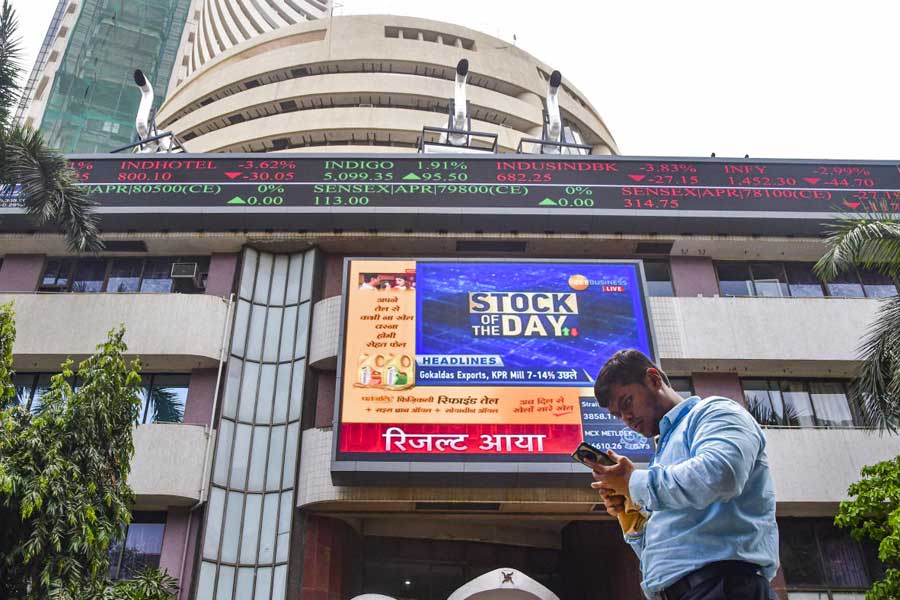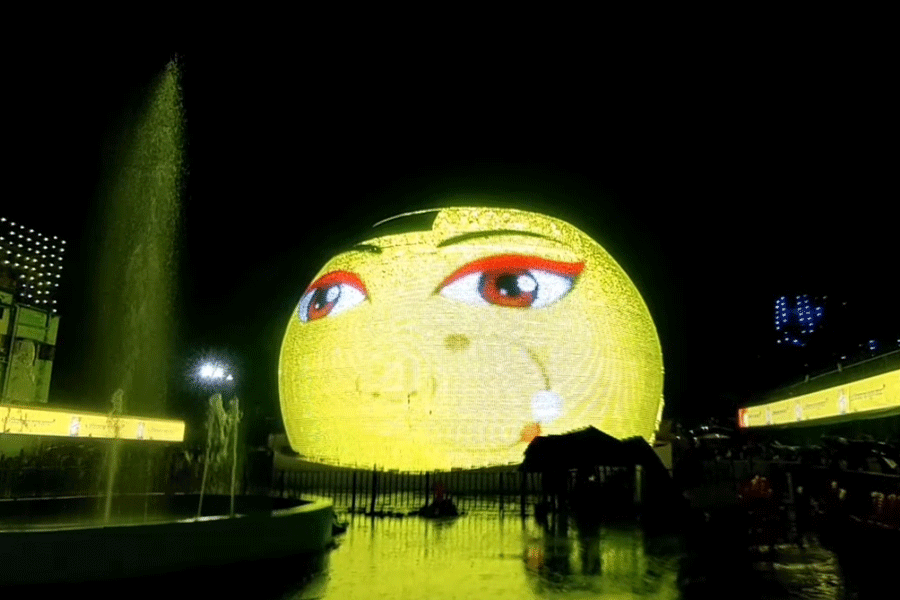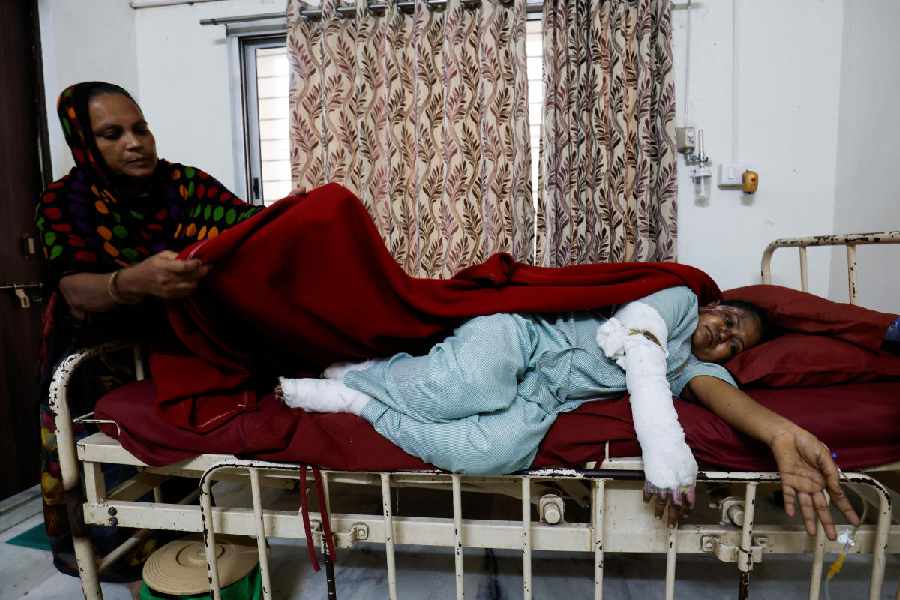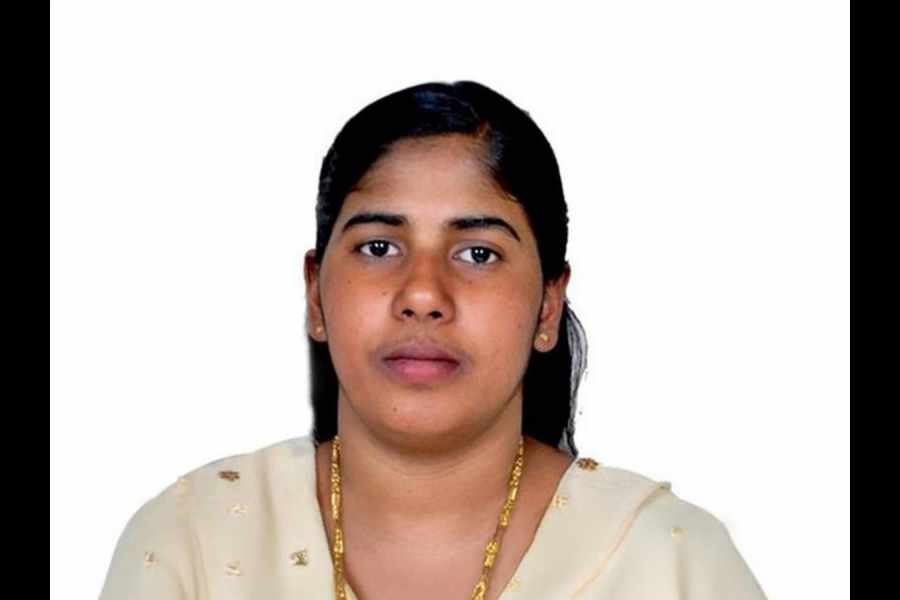 |
| Video call on 3G |
All the operators with the licence to roll out 3G in Calcutta have finally done so. Should you switch to 3G? What are the new services you can use? Metro provides the low-down.
What is 3G?
The third generation of wireless technologies is collectively known as 3G. Barring the few who have already switched to 3G, Calcuttans now talk, text and surf the Internet on their cellphones over 2G or 2.5G networks. You can do more, like make video calls and surf the Net at broadband speeds, on 3G networks.
Why is 3G better than 2G?
For the end user, the major difference between 3G and 2G is Internet speed. High-speed Internet — much faster than GPRS — enables a range of services like streaming videos and mobile television on the cellphone. Video calling is also made possible by the additional bandwidth.
Those using 3G data sticks can access Internet at speeds higher than those of previous generation data sticks.
What do you need to use 3G services?
A cellphone that can access a 3G network and a subscription to a 3G plan. All major phone companies — Nokia, Sony Ericsson, Samsung, LG — have a range of 3G handsets. Prices start around Rs 3,000.
You may have to upgrade your SIM card to access 3G. Contact your service provider for details.
The 3G data sticks can be used on most computers and laptops.
Which operators are providing 3G in the city?
BSNL launched 3G services in Calcutta in 2009 by offering high-speed data sticks for computers and laptops. The public sector undertaking was also the first to launch mobile broadband and 3G services for cellphones in the city.
Among the private players, three won the licence to offer 3G services in Calcutta — Reliance, Vodafone and Aircel. Reliance launched its services in December 2010 and Aircel in February 2011. Vodafone has not formally launched 3G services but has been offering them. Its tariff chart is available online.
Cellphone service providers that do not have a Calcutta licence might offer 3G services later in collaboration with those that have. Idea Cellular, for instance, is in talks with an operator to offer 3G services in the city.
What are the 3G service providers promising?
Aircel promises not just fast Internet access but also enriched content like movie clips, music videos and television channels in multiple languages.
Gurdeep Singh, the COO of Aircel, says: “We have introduced products and services that address the needs of the consumers — Aircel Pocket Internet, Aircel Pocket Apps store, Aircel Apollo Mobile Health Care and the first ever Facebook Voice Updates.”
Reliance Communications 3G network offers “blanket coverage in every town connected on 3G” and promises peak speed of 28Mbps.
“Personalisation of services, simplification of tariff and a content-rich portfolio on the best-in-class 3G network will allow Reliance customers to get a superior service,” says Syed Safawi, the CEO (wireless business) of Reliance Communications.
Vodafone is promising video blogging, mobile newspapers, high-speed Internet, fast downloads, HD gaming, live streaming, Vodafone TV and video calls on 3G. It, however, has 3G licences in only nine states, fewer than Reliance and Aircel, and hence may not be able to provide seamless roaming.
How much does 3G cost?
The Vodafone 3G plans start from Rs 100 per month (with 100MB free data usage) and go up to Rs 1,250 per month (with 5GB free data usage). The charge for data usage beyond free limit is 10 paise per KB.
Aircel plans start at Rs 132 per month (with 75MB free data usage) and go up to Rs 802 per month (with 1GB free data usage). The base data charge beyond free limit is 3 paise per 10KB. Aircel also offers a 3G data stick for fast Internet access on computers and laptops.
Reliance 3G plans start at Rs 100 per month (100MB free data usage) and go up to Rs 2,100 per month (21GB free data usage). Fifteen channels are available on Reliance Mobile TV for Rs 150 per month.
Reliance’s 3G USB data cards cost Rs 2,599 for the 7.2Mbps version and Rs 4,499 for the 21Mbps version.
State-owned BSNL offers all-India roaming on 3G. Its plans start at Rs 300 (300MB free data usage) and go up to Rs 2,000 (3GB free data usage).
What are the caveats?
Subho Ray, the president of the Internet and Mobile Association of India (IAMAI), said: “Do not expect the moon from 3G, now or ever. Most operators will use 3G to shore up the quality and quantity of voice calls. The killer application on 3G might be something as simple as video calls that BSNL had started years ago.”
According to him, most 3G services will initially be priced high but “not for long”. “Data consumption in the eastern region and Calcutta is low compared with other parts of the country. But video calls could become popular among the large migrant population in Calcutta.”
Rajesh Toshniwal, the CEO of Toshniwal Enterprises Controls Pvt. Ltd that supplies telecom equipment to companies, said: “Until full or sizeable 3G rollout happens, grey areas in coverage will not make for good customer experience. Those who access Internet extensively at home or in office will throw away their laptops and start accessing 3G on smaller devices if the service is reliable.”
What are early adopters saying?
Amartya Mallick, a 30-year-old IT professional who used Vodafone’s 3G services while they were being offered free for a month, said: “I only had to send a text message to the customer care to activate the service. Having used 3G abroad, I knew what to expect and Vodafone did not disappoint. Live streaming of videos, however, did not work well.”
He did not continue with the services after the trial period because “the rates are steep” and he already uses Tata Photon to access Internet on the move.
“I have stuck to the basic 2G service that enables me to visit websites such as Gmail and Facebook. The speeds on 2G are on the slower side, but not something that I would lose my sleep over,” he added.
Saprovo Goswami, 29, had opted for 3G after receiving numerous calls from his service provider. “They told me my Samsung 3G phone is a ‘low 3G’ phone and asked me to pay a ‘fee’ to make it ‘high 3G’. I told them that ‘low 3G’ would suffice.”
He found 3G to be “pretty fast except when watching live streaming of videos”. Goswami too did not continue with 3G once the promotional offer was withdrawn and prefers to use his MTS data card to access Internet on his laptops. “On the phone, 2G Internet is enough. I see no reason to pay exorbitant rates for a slightly faster connection.”
How far away is 4G?
Some countries already have 4G networks, which will offer even greater Internet speed and wider array of services, in place. Spectrum allocation for 4G has not happened in India yet. Given how long the 3G spectrum allocation took, it is difficult to estimate when 4G will be rolled out in India.
“Cellphones that support the two main 4G technologies are expensive and beyond the reach of most Indian consumers. I think these technologies will be used mostly for data transmission,” said Ray.


